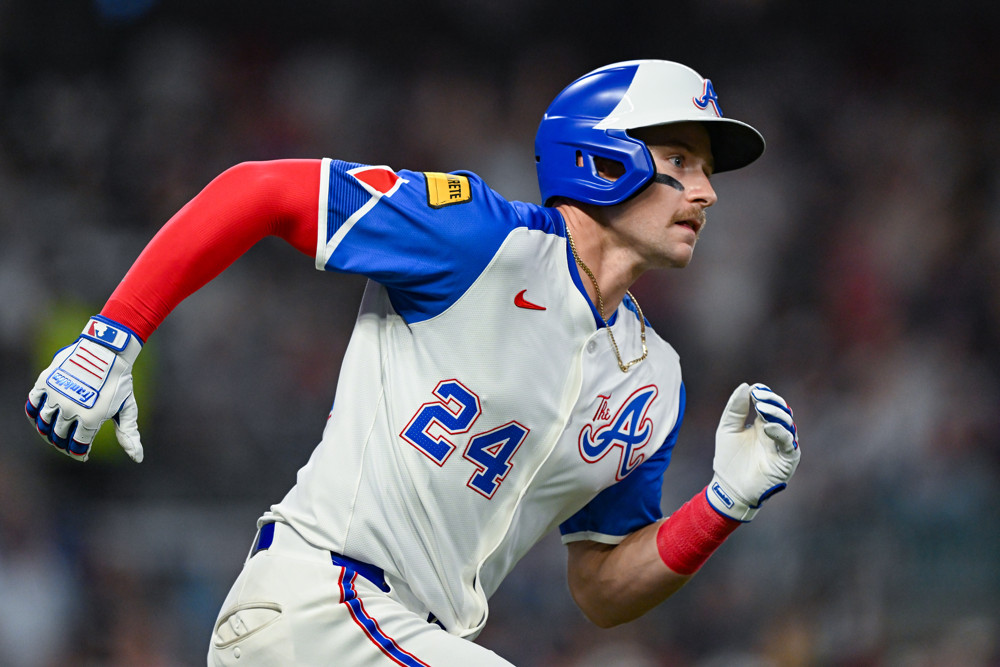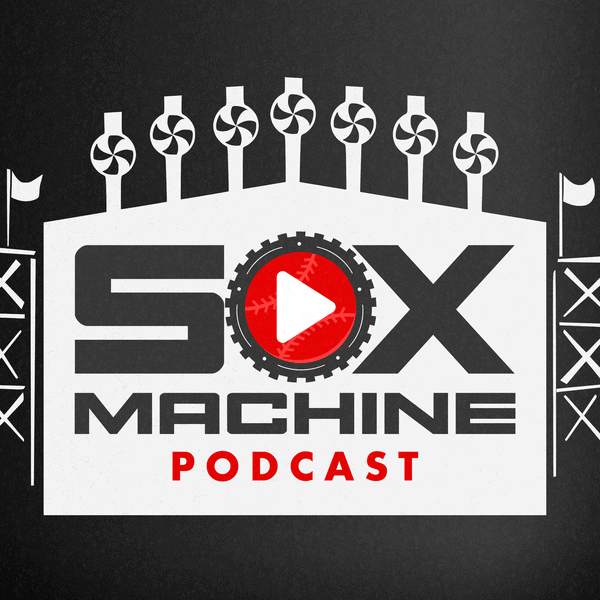The White Sox are off today, and nobody will appreciate that more than Yoan Moncada.
He struck out twice in four plate appearances against the Yankees on Wednesday, and that counts as a better day as of late, especially since he flipped a single to the opposite field. He's now 2-for-29 with 18 strikeouts to just one walk over his last seven games.
It seems like he could've used a seat, but Rick Renteria says this just might be the slump he needs to make a change.
“You’re probably looking at all his at-bats and thinking, ‘He sure could use (a night off),’ ” Renteria said. “I’ve spoken to him many times, and he hasn’t expressed a desire nor a need. ... It’s more an opportunity for us to allow him to continue to experience and go through this process right now. In the long run, I think it’s going to help him.”
Renteria previously highlighted a recent run of called third strikes as one way to shock Moncada out of a mode that isn't working. But while there's a passivity problem at the tail end of at-bats, it's set up by a lot of strikes at the start of at-bats, and they're coming in all sorts of ways.
Moncada gets a first-pitch strike 65.2 percent of the time, and most of them are taken. That's ninth-most among MLB regulars, and first on the White Sox by far, four points ahead of Omar Narvaez.
Is that severe? Well, he has the 11th-highest total of first-pitch strikes in baseball, but it's not a problem in and of itself. The top 10 is littered with great hitters -- Jose Ramirez (2), Mike Trout (3), Jose Abreu (5), Joe Mauer (6), Mookie Betts (9), Charlie Blackmon (10).
Moncada is also tied for 11th in pitches seen while behind in the count. Again, not a huge problem in and of itself, because there are some repeats with the above list -- Blackmon (2), Abreu (6), and here comes Paul Goldschmidt (3).
Just like it takes a certain amount of talent to qualify for the innings title, it takes more talent to qualify for pitches seen, since they're playing every day and toward the top of the order. A leadoff man for a rebuilding team is going to be in some unfair company.
But it's also instructive as to how Moncada's approach will have to improve, one way or another.
Behind in the count
| Hitter | Pitches | Contact | Z-Contact |
| Charlie Blackmon | 1097 | 83.2 | 88.2 |
| Paul Goldschmidt | 1090 | 75.8 | 82.7 |
| Giancarlo Stanton | 1088 | 67.0 | 81.0 |
| Jose Abreu | 1077 | 77.9 | 86.6 |
| Yoan Moncada | 1042 | 68.8 | 79.0 |
Blackmon is one of the best in the league at putting the bat to the ball. Stanton, as we just saw during the Yankees' sweep of the White Sox, is the strongest hitter in the league and doesn't chase all that much, so he makes his contact count. Abreu's plate approach wouldn't be recommended for a prospect, but he's made it work five years running.
(Goldschmidt? We'll get to him.)
Moncada is somebody who accumulates strikes both taking and swinging. The thing is, for a while, Moncada made the Stanton track work. He struck out a lot, but he walked a lot and he hit whatever he hit hard. It's not pretty, but it's effective, and any kind of effectiveness is fine for a player in his first full season.
But over the last month or so, the good contact is nowhere to be found, even from his strong side. Here's his spray chart from the last month or so as a left-handed hitter:
It looks like pitchers get the sense that he's not squaring up much of anything, so they stop overthinking it and attack the zone with fastballs, waiting for Moncada to show them he can punish them. And when he doesn't, there's not a lot going for him. If it seems like he gets rung up a lot on borderline pitches, maybe it's because he's frequently behind in the count, pitchers are frequently in and around the zone, and he doesn't have a spoil mode.
Along with Abreu, Goldschmidt is probably the case closest to Moncada's, if only because he went through a massive slump during the first half that was closely correlated with his ability to make contact, especially on fastballs. His production bottomed out in late May at .198/.320/.355, and he told his manager to tell the media he sucked, rather than make excuses for him.
His problem sounded a lot like Abreu's -- he just couldn't get the bat to meet the ball in launching position like he used to. And, as we saw with Abreu, there isn't an easy solution to fixing a hitting position when it gets out of whack.
"It's hard to explain," Goldschmidt said. "I think the biggest thing was I was able to get in a better hitting position, which allows everything to work together off that. Whereas if you're not in a good hitting position, it can lead to your head moving, your front shoulder coming out, your timing being off, whatever. It all reverts back to your base -- being in a good position to hit. It's not like we didn't know that, or do things to try and get back to that. I guarantee we tried everything, and finally something just really clicked."
That comes to mind watching Moncada. A guy like Daniel Palka might have a hole in his swing, but he also has a zone he can crush. Moncada lacks the latter, which is the way Abreu looked during the worst of his struggles. I'd watch him and wonder, "If he can't do damage on that, how's he going to hit?"
And Moncada's explanation of his struggles falls along the same lines:
“Right now I’m not feeling as good with my approach at home plate,” Moncada said before the game. “That’s probably one of the reasons that I’ve been striking out more than I want to.” [...]
“I can’t just pick out one thing,” he said. “It’s more like a feeling. I don’t have that feeling right now. I have to keep working to regain that feeling again, to feel comfortable.”
It's a lot easier to believe a Jose Abreu or a Paul Goldschmidt will come around, rather than a rookie who has yet to prove himself in the big leagues. Nobody's yelling "bust" when Abreu's game collapses for a month and a half.
The good news is that Moncada already winning the tougher half of the battle with regards to plate discipline, even if it doesn't feel like it. He doesn't have to learn a strike, or become a better bad-ball hitter to get back to above-averageness. He just has to barrel up pitches in the zone more frequently, which he was doing for long stretches of this season and the last. With more reps, more zone coverage should come. Other Sox switch-hitters figured out after lots of trial and error. The "error" era just didn't have so many hopes riding on them.






